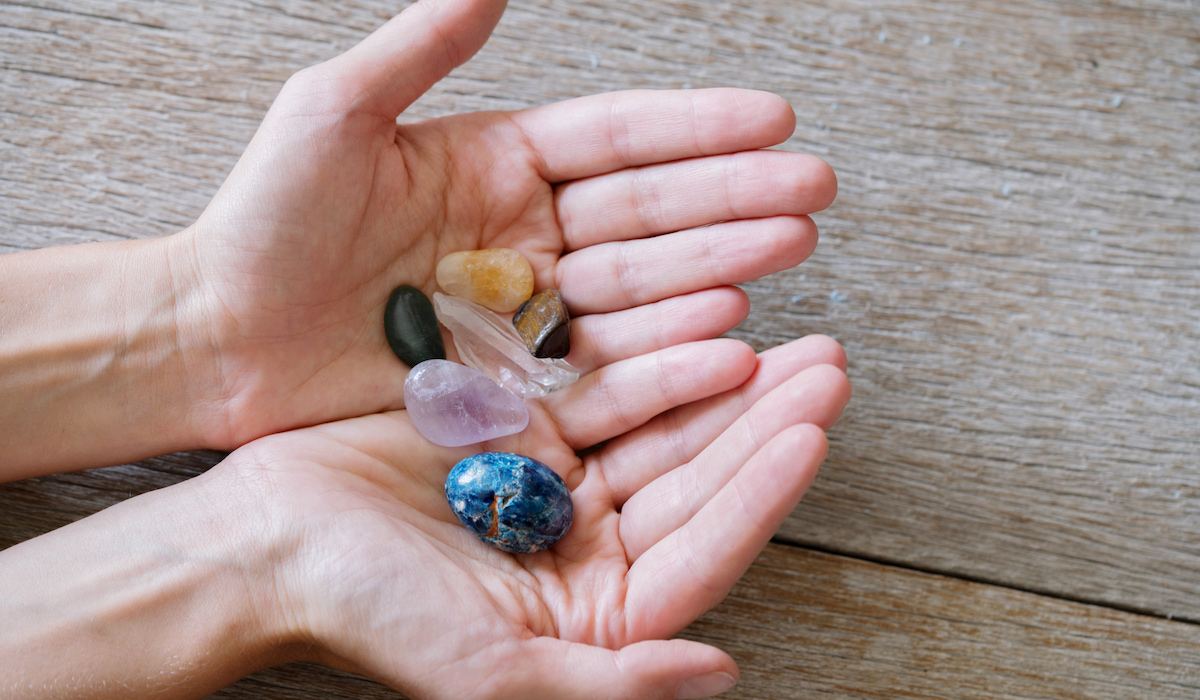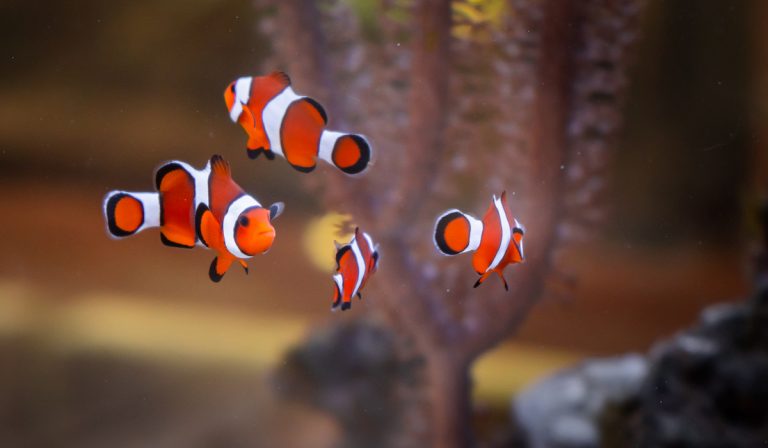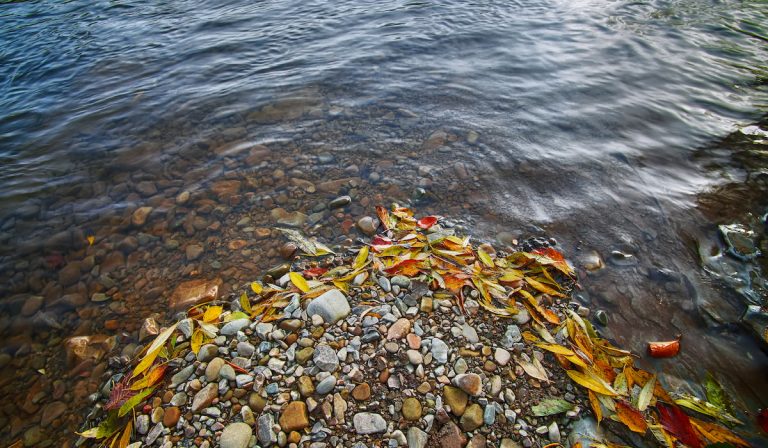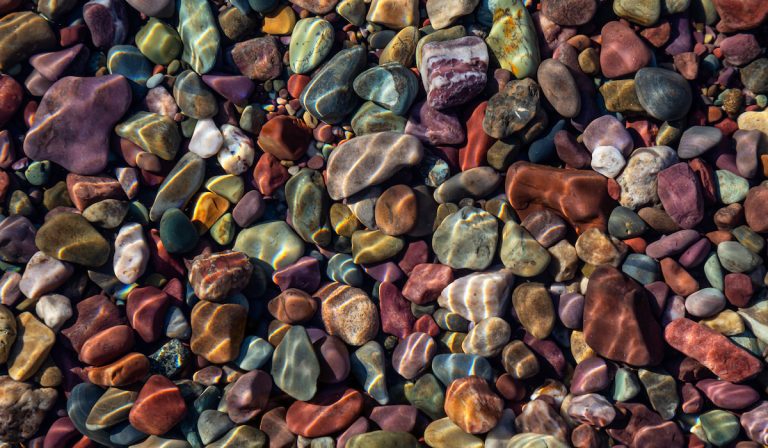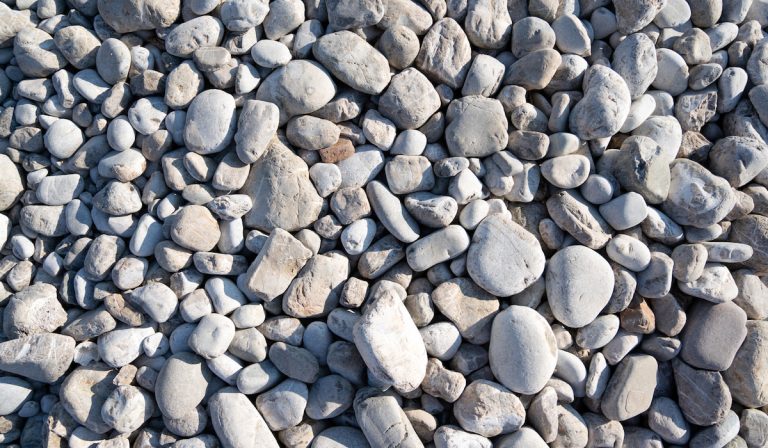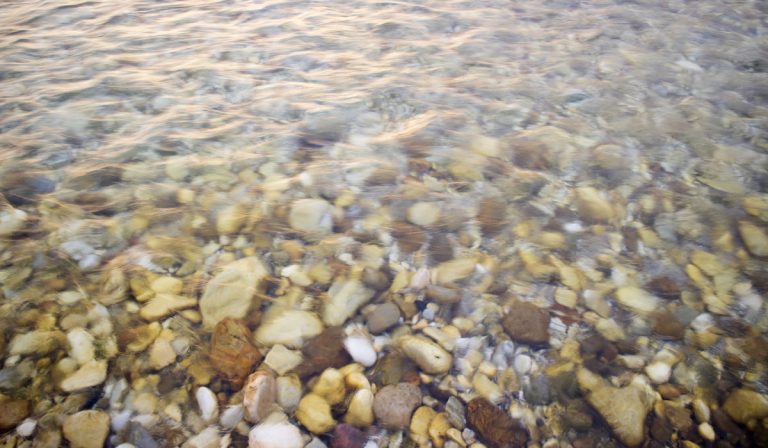How to Tell if a Rock is a Crystal (5 Ways to Find Out)
If you are a rock collector, you might have stumbled upon a crystal without realizing it. It is also possible that you saw a stone that looks like a crystal but is not really a crystal.
How can you tell if a rock is a crystal?
You can tell that a rock is a crystal through various methods. These methods include examining the shape and colors of the stone.
The first step of any method is to prepare the rock for examination, which means getting it as clean as you can.
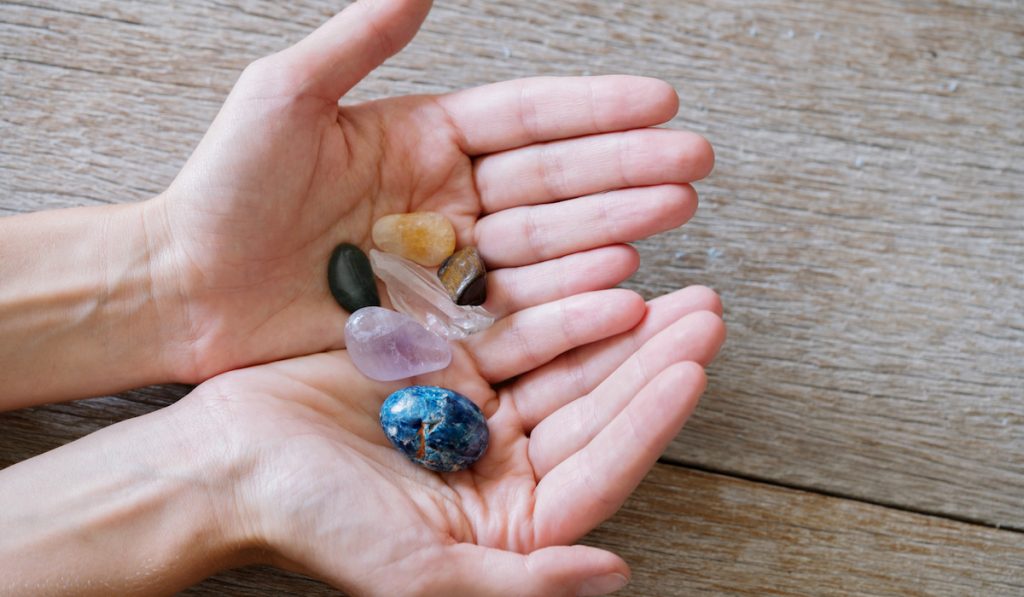
You should wash the rocks you want to identify. Use an old toothbrush to scrape off any dirt from the surface of the rock. After washing the rocks, allow them to dry off for 30 or more minutes.
To identify crystals, you will need a magnifying lens. Read on to learn 5 methods to verify if your rock is a crystal.
1. Examine The Shape
Crystals come in different shapes. While two different types of crystals can have a similar shape, the shape of a stone is the first thing to look at if you think it may be a crystal.
Crystals such as diamonds, fluorites, and pyrites are created from three similar (or equal) axes and form a three-dimensional shape.
There are hexagonal crystals that include emerald and aquamarine. There are also some tetragonal crystals such as zircon and apophyllite.
As you can see, the shape of the crystal in its raw form is very important in classifying and even identifying the crystal.
2. Note The Colors
Crystals come in different colors. Some crystals share the same base color as other crystals, but the color of the crystal also helps with the identification. Some common crystal colors are:
- Black: Black tourmaline, black obsidian hematite, onyx, and jet.
- Blue: Angelite, celestite, sapphire, aquamarine, lapis lazuli, apatite, blue lace agate, azurite, chrysocolla, and blue chalcedony.
- Green: Emerald, green fluorite, aventurine, malachite, and jade.
- Purple: Amethyst and charoite.
- Red: Ruby, red tiger’s eye, and garnet.
Later in this article, you will learn the associated meanings of some crystal colors.
3. By the Location or Point of Collection
Certain crystals are more common in specific locations. You may not find crystals such as emerald in the same location you find jades.
You need to consider the location you find the crystal in so that a guide can help you to properly identify it.
4. By Their Composition
The composition of crystals is what makes them unique. Two crystals can have the same shape or color, but will not have the same composition if they are not the same type.
Crystals are made of molecule patterns called lattices. These patterns repeat themselves over and over again, which creates the shape and facets of the stone.
5. Other Accompanying Rocks
When identifying a crystal, it is also recommended to examine the rocks and impurities that were with the crystal during collection. Identifying rocks such as geodes can help with the identification.
So looking at the rock that you want to identify, what type of crystal do you think it is? Your best bet is consulting a guide.
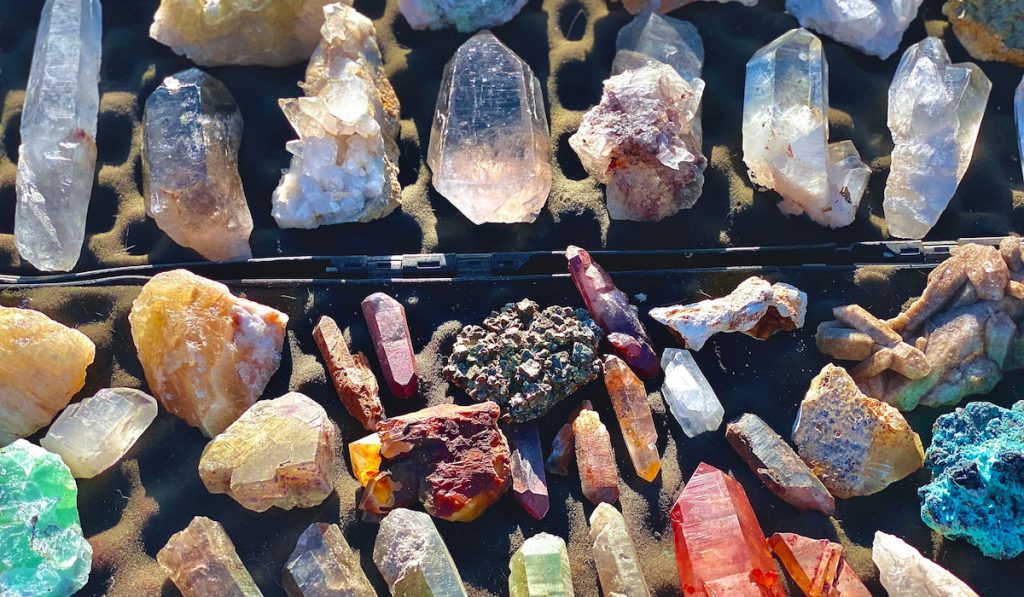
Recommended Guides to Easily Identify Crystals
Just looking at a rock is usually not enough to tell the type of crystal that it is. You will be needing a guide to further identify the rock. Here are some great guides to help you identify crystals:
1. Use a Crystal Book
There are various crystal books that you can use to identify your crystal. You may be able to buy a crystal book from the area you collected the rock as local places tend to stock books that are more accurate for crystals commonly found in that area.
You will probably see similar crystals in the book, so remember to study your rock carefully. Use a magnifying lens so that you do not miss any important details.
2. Use the Internet
You can find any and everything online. The internet is a great tool to help you to identify crystals.
You can even upload photos of the crystal into rock collection forums so other users can help you identify your stone by examining the photo as well as other details you provide.
3. Take the Rock to a School
Schools that offer science courses such as geology can help you identify the crystal you are holding.
As a tip, go to schools close to the point you collected the crystal as it may be common to them and they can help you better than other schools.
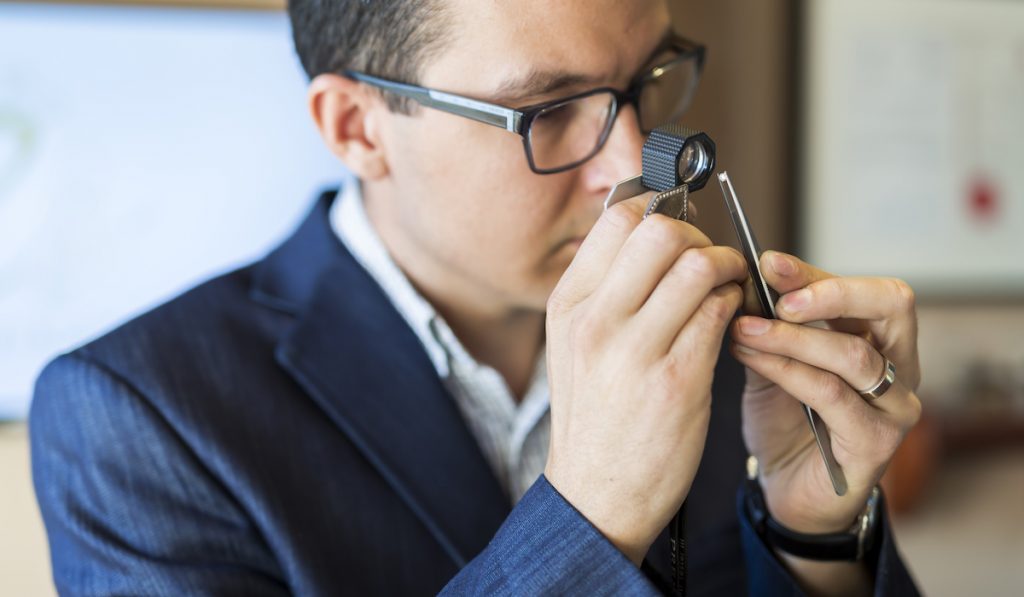
Beware of Fake Crystals
You should note that some stones or objects people share may not be crystals, or are fake crystals. Here are some ways to identify fake crystals:
- Name: Fake crystals come in weird or funny names. For example, the seller might use names such as strawberry quartz or melon moonstone. Such crystals do not exist. You should always research a crystal through its name.
- Color: Most true crystals are bright, but not blinding. This means that if a crystal in its raw form looks too bright, it may not be real. A local guide can help you determine if the crystal is real or not.
- Symmetry: While nature is beautiful and symmetry occurs in nature, it is very rare to find crystals that are perfectly symmetrical. Crystals that appear perfectly symmetrical are usually manufactured.
- Air Bubbles: If the crystal you are holding has air bubbles in it, it is a fake crystal as real crystals do not have air bubbles. Real crystals may have some impurities, but they are not empty spaces. Do you remember the marbles you played with as a child? The presence of air bubbles indicates that they are not real.
- Moh’s Hardness Scale: This scale (typically 1-10) is a scale of every tangible item. For example, diamonds are 10 as they are the hardest solid while soft solids such as powder are 1. The point of this scale is that any solid scoring higher can scratch lower solids. If a crystal book indicates that a particular crystal has a higher rank than glass but glass scratches it when you try it, it means that it is probably a fake crystal.
Now you know how to watch out for fake crystals.
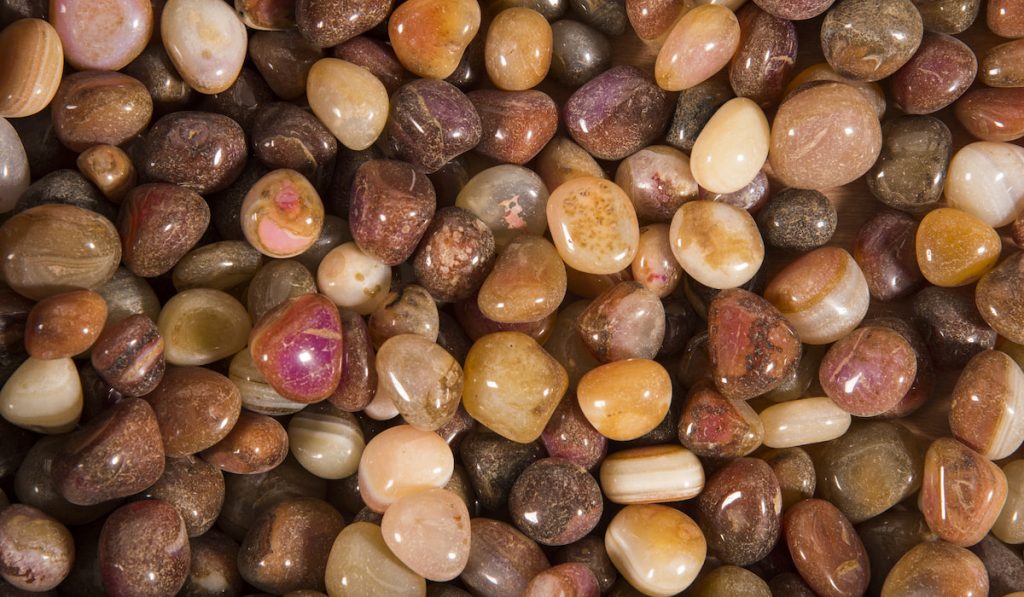
Related Questions and Answers
1. Are Rocks, Crystals, and Minerals the Same?
Rocks, crystals, and minerals are sometimes used interchangeably, but they are not the same. Here’s what you should know about the differences between the three words:
- Mineral: Minerals are naturally-occurring solid elements. They can come in various forms such as rocks and salts.
- Rock: A rock is simply a solid that is made of minerals. Rocks can be made of one or more types of minerals. Just look at rocks as a composition of minerals.
- Crystal: Crystals are minerals with specific compositions and patterns. Each type of crystal has its specific pattern and that is usually how experts differentiate them.
Now you know the difference between rocks, minerals, and crystals.
2. Is Gold a Type of Crystal?
Gold is a naturally occurring element. If you check the periodic table, you’ll see gold as well as other minerals. Gold, therefore, is a mineral and not a crystal.
3. Are Crystals and Glass the Same?
Glass is a transparent hard solid made of sand and other minerals. “Glass” is a generic name that refers to different minerals including some types of sand. “Crystal”, however, is a subcategory of glass.
This means that all crystals are glasses, but not all glasses are crystals.
4. What Do the Colors of Crystals Mean?
Different cultures have their unique definition of the colors of crystals, but generally, crystal colors are associated with different meanings. The meaning of some crystal colors are:
- Black: Black crystals can indicate power, mystery, or protection.
- Blue: They help with physical or emotional balance.
- Brown: Usually stand for the Earth and trees.
- Yellow or Gold: Just like the sun, these crystals signify a new day of optimism and happiness.
- Orange: Power or passion.
- Pink: Pink crystals are the best fit for love and compassion.
- Red: Red means passion, energy, or life force.
Different crystal colors have their unique meanings. It is fun to figure out what your crystal represents.
5. Where Can You Find Crystals?
You can find crystals everywhere. For example:
- Mountains
- Quarries
- Rivers
- Your backyard
- Roadsides
- Other rock collectors
You just need to have good eyes plus a little bit of luck to find crystals.
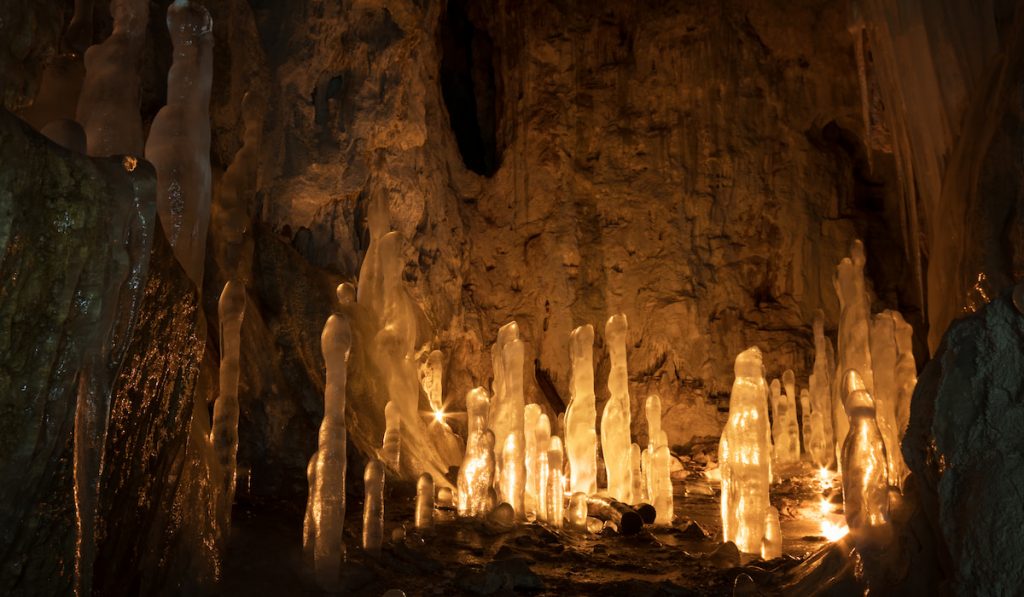
Final Thoughts
You can easily identify crystals by their colors, shape, and composition. Crystals are minerals with unique patterns and they are prized among rock collectors as well as everyone else.
If you can find a crystal, you have found something rare, so you may want to keep it and treasure it.
Resources
- https://www.energymuse.com/blog/tips-to-identify-stones-crystals
- https://sciencing.com/identify-found-within-rocks-stones
- https://www.wikihow.com/Identify-an-Unopened-Geode
- https://howtofindrocks.com/difference-between-rocks-minerals-and-crystals
- https://tinyrituals.co/blogs/tiny-rituals/hw-to-tell-if-a-crystal-is-real

